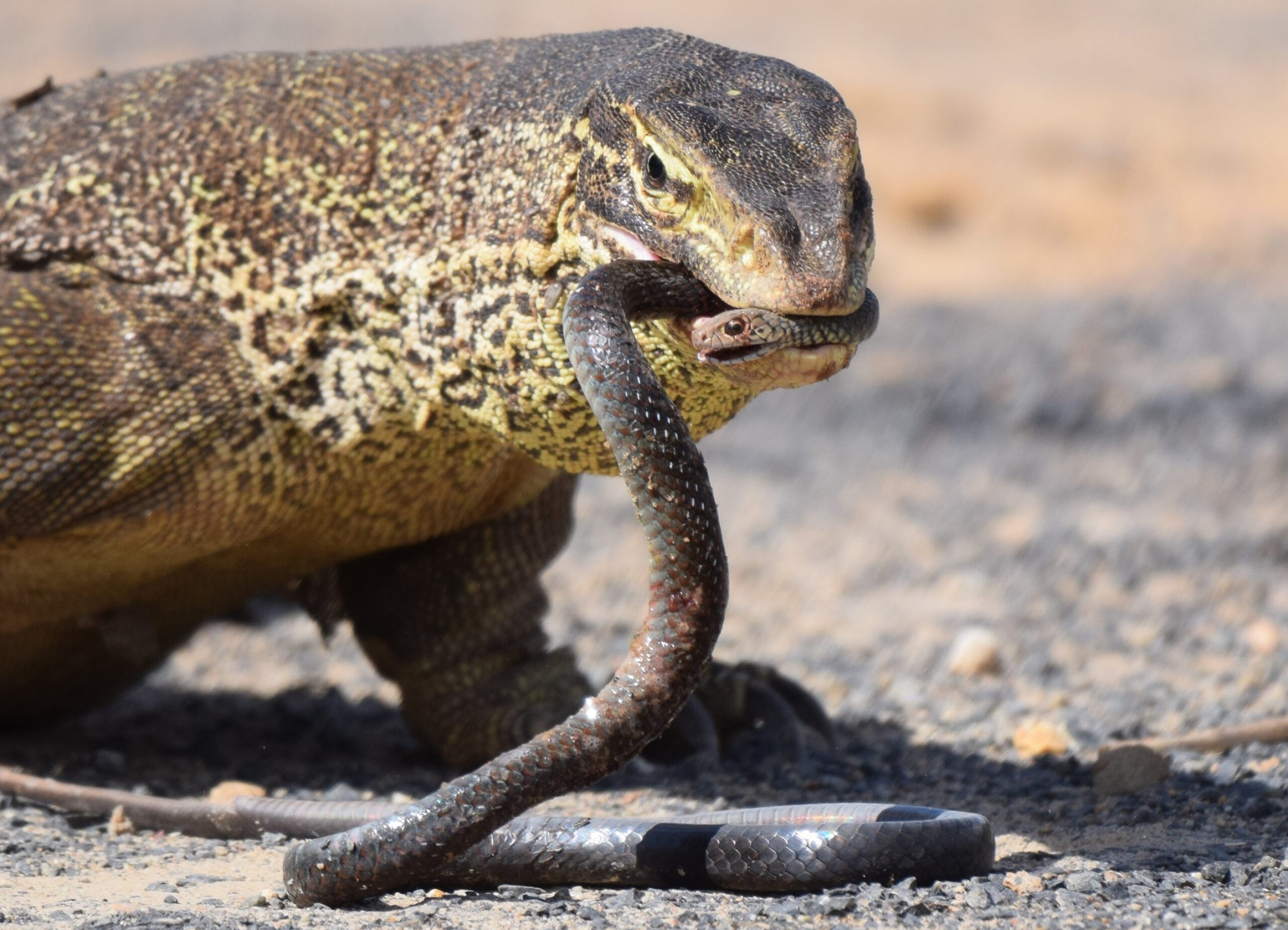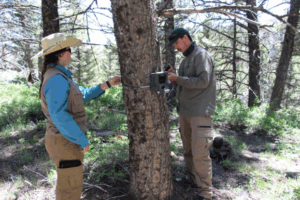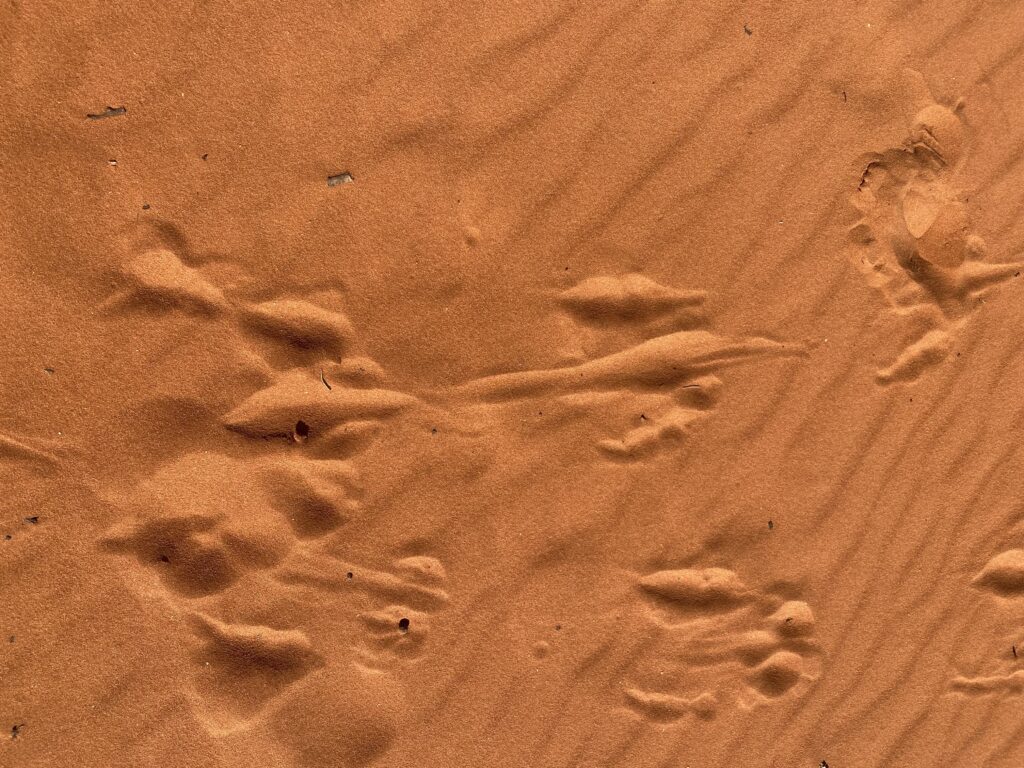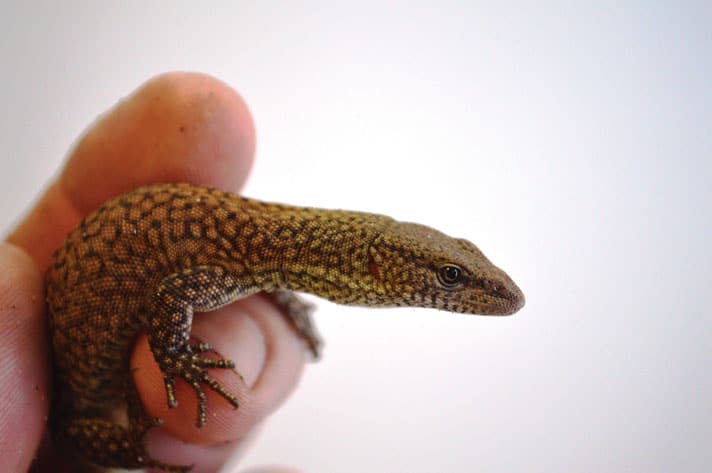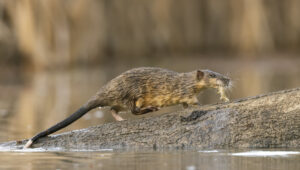The West Australian desert. It feels as though it’s the middle of nowhere. All you can see is sand, dirt and a few bushy plants.
But don’t be fooled.
This desert is home to one of the most epic evolutionary battles we’ve ever seen.
A recent study from the University of Queensland found that some lizards are resistant to snake venom. At the same time, snake venom is becoming more venomous.
It’s all part of an evolutionary arms race that the snakes and the lizards have been locked in for millions of years. Each time the lizards evolve resistance to snake venom, the snakes evolve more venomous venom.
It’s Armageddon out there!
“MAD ABOUT SNAKES”
The research project was led by Professor Bryan Fry, who has been “mad about snakes since [he] was a little kid”.
Bryan is full of stories from his research trips. He was once “drilled by a Pilbara death adder” in the West Australian desert. In the Eastern states, his hand was destroyed by a lace monitor.
None of this deterred him though. He’s been studying reptiles for over 20 years.
WE’RE MONITOR-ING YOU
The study involved analysing 27 different species of monitor lizards from the genus Varanus. Three of these monitor lizards are native to Western Australia, and another 14 are found in WA, including the perentie.
The perentie (Varanus giganteus) is one of the largest lizards in the world. These animals are “formidable and smart”, Bryan says. “They have cattle dog level intelligence.”
Not all of the lizards analysed are mega beasts like the perentie. Some of the lizards are only 25cm long. Some of them live in trees, and others burrow into the ground.
Bryan and his team tested each of these 27 species against the venom of death adders – a group of snakes that are found everywhere except the southernmost parts of Australia.
If the lizards want to survive the snakes, it’s important to be resistant to their venom. Otherwise, if they get bitten, it’s a quick path to paralysis and then death.
Their research revealed that many of the lizards had a surprising evolutionary pathway towards venom resistance.
“NEVER SEEN ANYTHING LIKE IT”
“At first glance, [the results] looked like a total mess,” Bryan says. But once they started to understand the different habitats of each of the lizards, the data started to make more sense.
For example, the Kings’ monitor (Varanus kingorum) followed an evolutionary path leading it to gaining and losing resistance to venom at least five times.
“We’ve never seen anything like it,” Bryan says.
The lightbulb moment came when the team were able to link changes in the Kings’ monitor’s habitat to changes in its venom resistance. When it was living in trees, it didn’t need to have resistance, so lost it. But when it lived on the ground, it re-evolved resistance.
It wasn’t just the lizards that the team were surprised by. The death adders’ venom became more venomous to combat the lizards’ resistance, something that Bryan says he “wasn’t expecting.”
In the evolutionary arms race between the monitor lizards and death adders, the snakes made the last move. It’s now up to the lizards to regain their resistance.
DON’T BE NERVE-OUS
To get these results, Bryan didn’t just sit in the desert and get the reptiles to try and bite each other.
Instead, Bryan and his team created an artificial nerve, which is scientifically called a mimotope.
They used tissue samples from the lizards from previous fieldwork or museum collections and sequenced the DNA.
Taking from the DNA sequences, they were able to recreate the nerve and manipulate it to understand how the lizards would react to the death adder venom.
“It’s total science fiction stuff,” Bryan says. You can’t help but agree. Creating fake nerves to test venom feels like it’s going to be the next big Netflix sci-fi hit.
WHAT’SSSSS THE POINT?
The results of the study are exciting and eye-opening, but Bryan says there’s “absolutely no applied use” from any of the data collected.
“It’s the kind of research that gets kids interested in science,” Bryan says. “It’s not going to create an anti-venom.”
The next time you’re visiting Karijini or you’re in West Australian bush, keep your wits about you. If you happen to see a snake being eaten by a lizard, you’d be witnessing the next move in a long, and deadly, evolutionary game.



